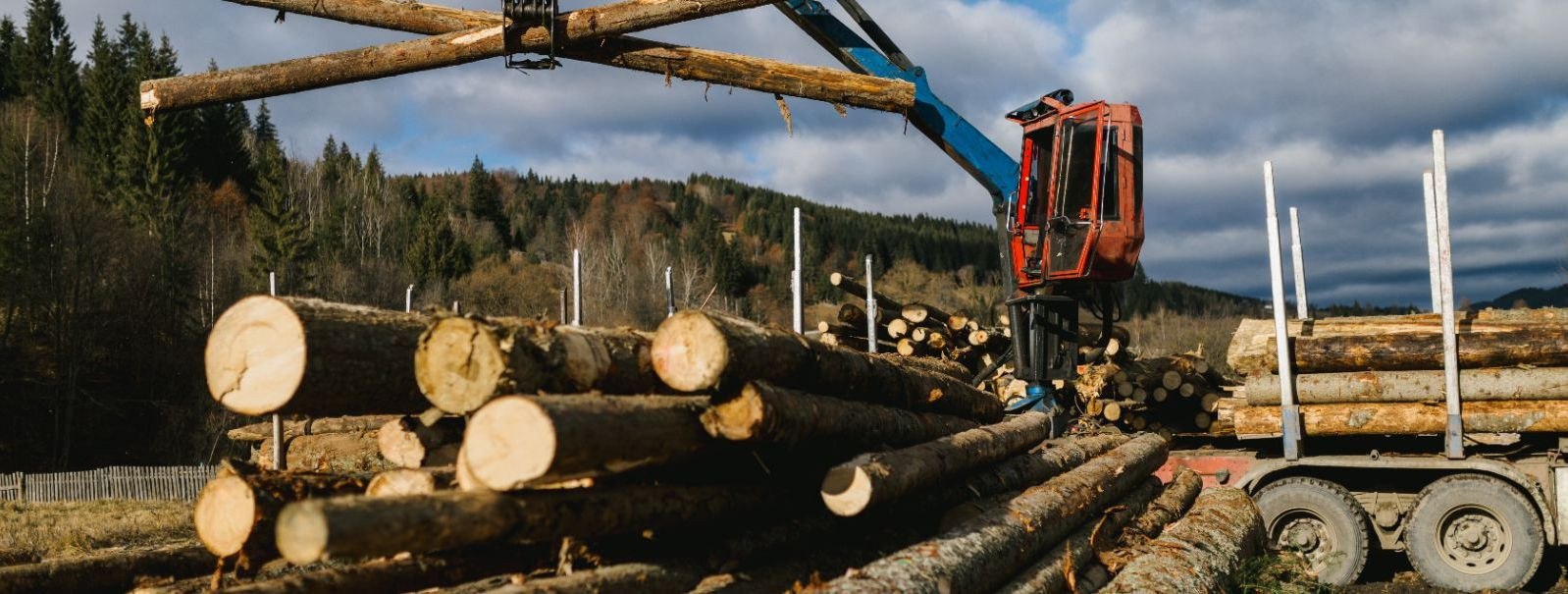5 ways sustainable wood can enhance your projects
As the world becomes increasingly aware of the importance of environmental conservation, sustainable wood has emerged as a critical material in various industries. Sustainable wood is sourced from responsibly managed forests that ensure the long-term health and growth of woodlands. This approach not only supports ecosystems but also provides a renewable resource that can be used without depleting or damaging the natural environment.
1. Environmental Impact Reduction
Using sustainable wood helps preserve the biodiversity of forests. By adhering to strict guidelines that prevent overharvesting, sustainable forestry practices maintain the natural habitats of countless species and ensure that forests continue to thrive.
Forests act as carbon sinks, and by managing them sustainably, the wood produced has a lower carbon footprint compared to non-sustainable sources. This is because sustainable forestry practices aim to maintain a balance between wood removal and the forest's natural capacity to regenerate.
2. Long-Term Cost Efficiency
Sustainable wood is often of higher quality and durability, which means it can withstand the test of time better than non-sustainable alternatives. This translates into long-term savings as products made from sustainable wood typically require less replacement and repair over their lifespan.
Additionally, the natural resistance to decay and pests that many sustainably sourced woods possess leads to lower maintenance costs, further enhancing the cost-efficiency of using sustainable wood in your projects.
3. Enhanced Aesthetic Appeal
The unique grain patterns, colors, and textures of sustainable wood can significantly enhance the aesthetic appeal of any project. Each piece of wood tells a story of its origin and the care taken in its production, adding character and warmth to furniture, buildings, and other wood products.
There is a growing demand for eco-friendly and sustainable designs in the market. By incorporating sustainable wood into your projects, you can meet this demand and offer products that are not only beautiful but also environmentally responsible.
4. Health and Safety Benefits
Sustainable wood is often processed with fewer chemicals than conventional wood products, resulting in non-toxic materials that are safer for both the environment and human health.
By avoiding the use of harmful chemicals in the treatment and finishing of wood, sustainable wood contributes to better indoor air quality, making it a healthier choice for spaces where people live and work.
5. Positive Brand Image and Marketability
Consumers are increasingly looking for products that align with their values, including sustainability. By using sustainable wood, companies can enhance their brand image and appeal to a market segment that values environmental stewardship.
Marketing your products as made with sustainable wood can give you a competitive edge. It allows you to tap into niche markets and can be a key differentiator for consumers making purchasing decisions based on sustainability credentials.






Comments (0)